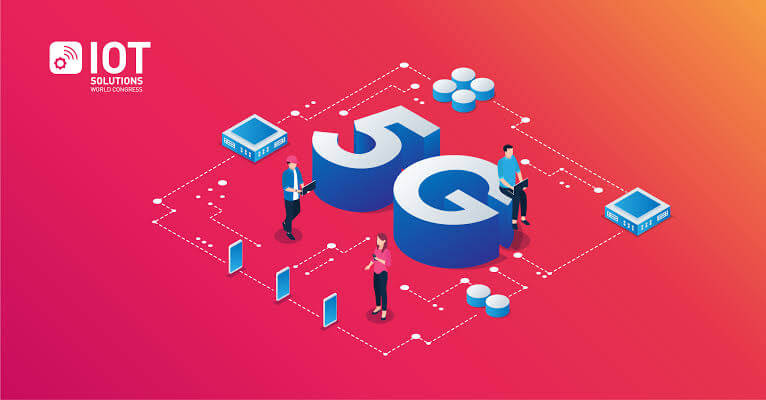The IoT and 5G explosion brings an energy problem: what will happen to the battery of millions of devices?
5G technology is more energy efficient than 4G but its compatible devices will consume more electricity than those of the fourth generation of mobile technologies.
The explanation for this is very simple: 5G networks are more efficient in the traffic consumption ratio - they need much less energy to transmit the same data as 4G - but their higher speed and bandwidth will significantly increase the consumption of their devices compatible.
According to experts, this increase in consumption will not affect too much the autonomy of devices such as mobile phones or tablets, but those related to IoT (internet of things) with many sensors that have to transmit a lot of information constantly and they are not connected to the mains as surveillance cameras, connected cars or medical devices as pacemakers with internet connection.
The exponential growth that is coming for these years in terms of devices, objects and sensors connected to 5G networks is at the highest speed and bandwidth, together with the massive deployment of MIMO antennas - Multiple-input Multiple-output- and the Small cell proliferation will increase the energy consumption of 5G networks in absolute terms. The support of legacy networks - LTE / 4G, 3G and 2G - will also significantly influence â€.
In this scenario, it would be lawful to think that the solution must be to increase the capacity of the batteries of the remote devices. However, different sources indicate that the technology of electricity accumulators is not so developed as to deal with the new energy scenario posed by 5G, so it is not an effective alternative.
You could choose to change the batteries every less time, or use larger batteries, but otherwise there seems to be no significant advances in new battery technologies.
The gradual advance of 5G technology will allow the telecommunications sector to gradually implement different energy solutions to reduce consumption or obtain electricity in an alternative way to power the batteries. Some of them have already proven their effectiveness, others are in the research and development phase.
The current devices will not be able to use 5G technology, because they do not understand the new improvements in protocols or transmission methods, so if you want to use 5G you will have to buy a new device.
5G networks are backward compatible, so current devices will be able to continue to be used without problems when these networks are deployed, although without taking advantage of all the advantages of 5G or suffering from increased energy consumption.
Energy solutions for 5G
There are two solutions that will mitigate that increase that are already proposed in most new generation communications standards of 5G and IoT. The first is called Energy Harvesting, which is a mechanism by which devices can charge their batteries collecting electromagnetic energy left over from the environment. The other is the development of new protocols that allow devices to go to 'sleep' for a while and only wake up at a specific time to communicate with the internet output.
There is the possibility of feeding the batteries through renewable energy sources or through innovative technologies that will take advantage of the residual heat of the industry to provide the network of IoT sensors.

